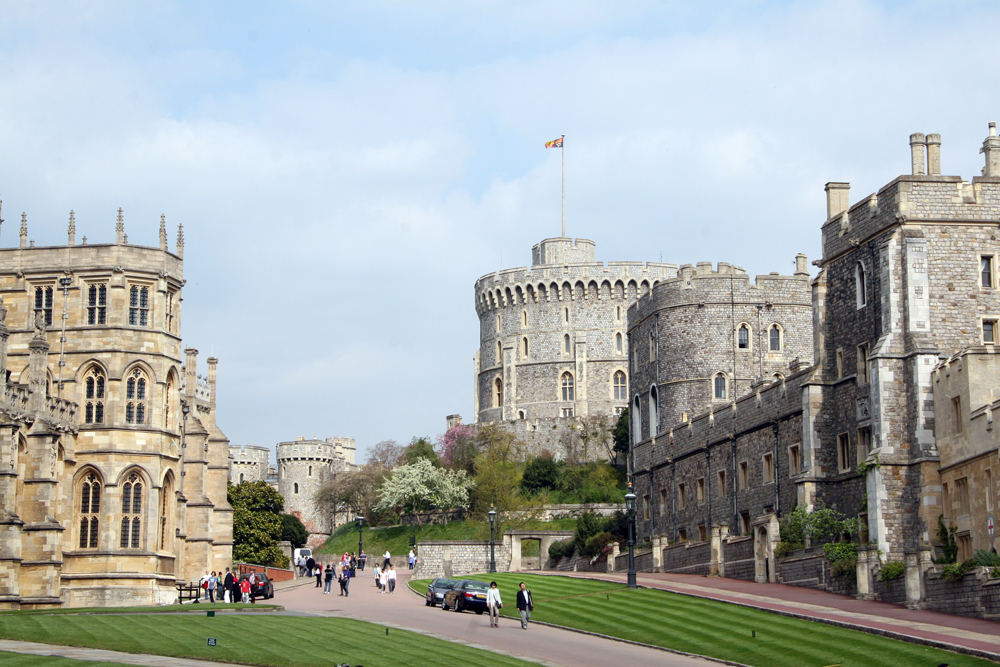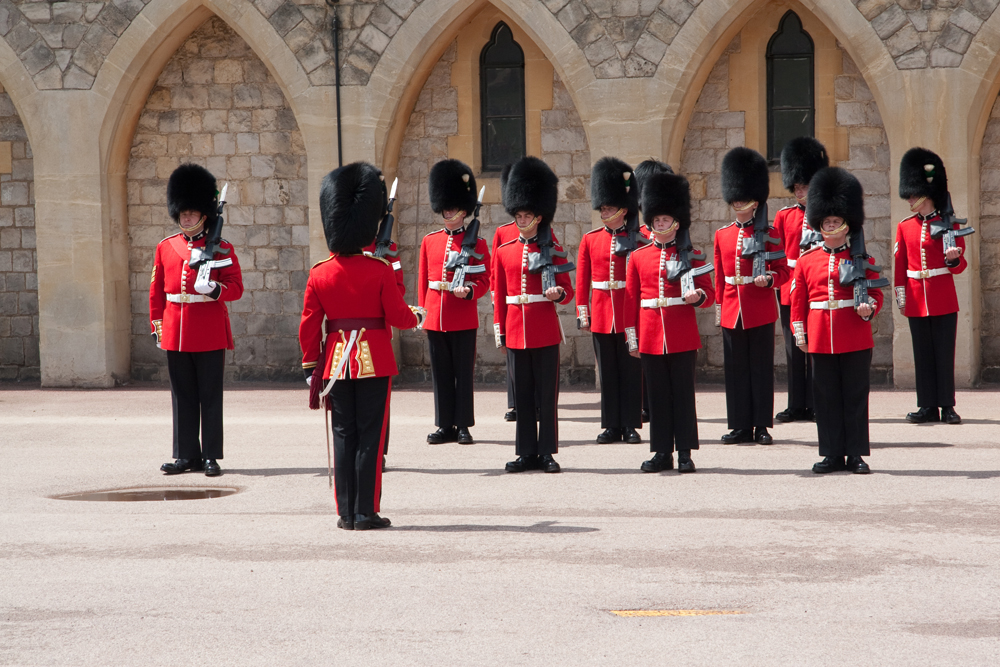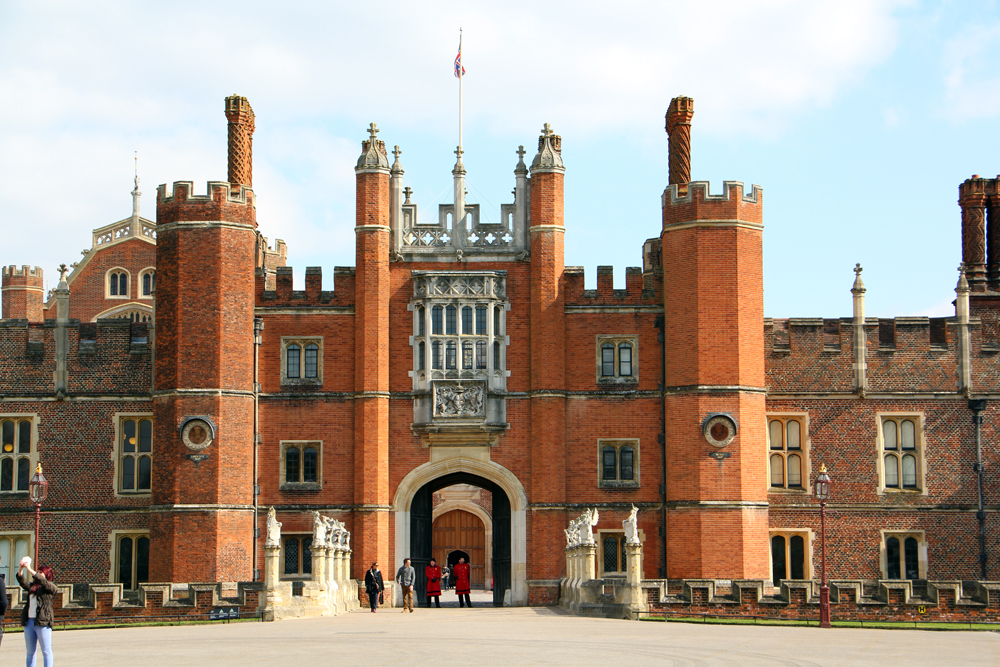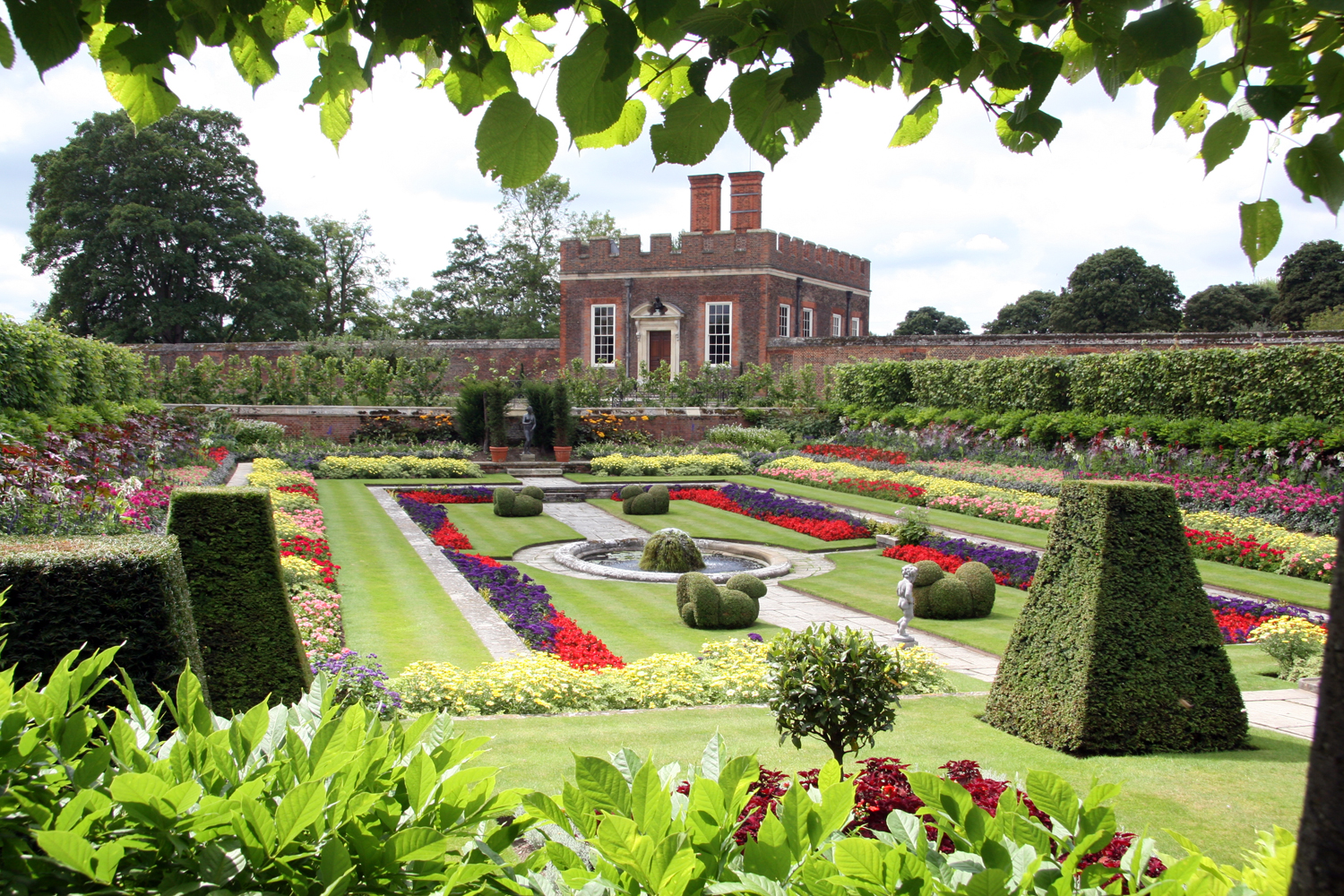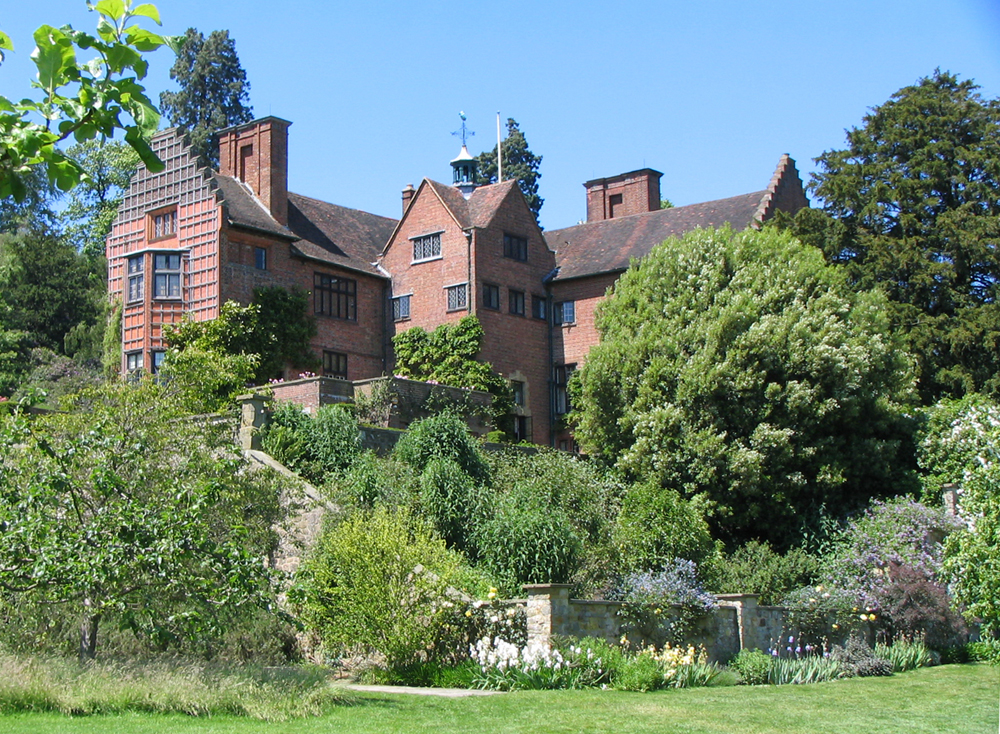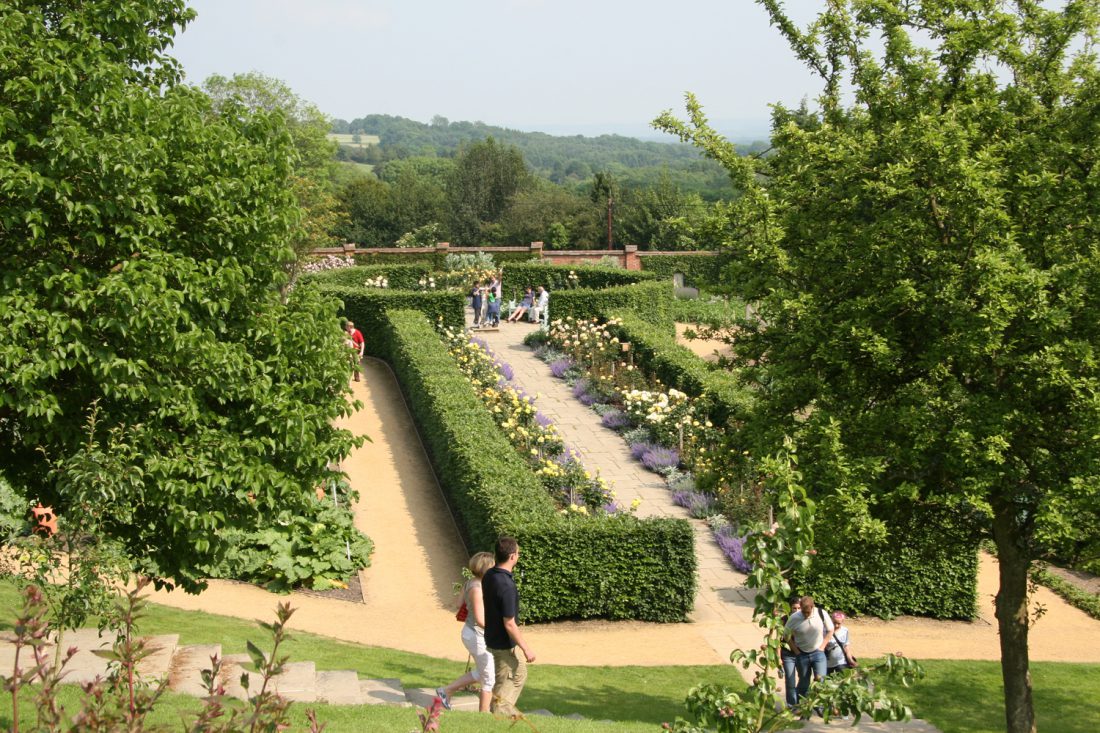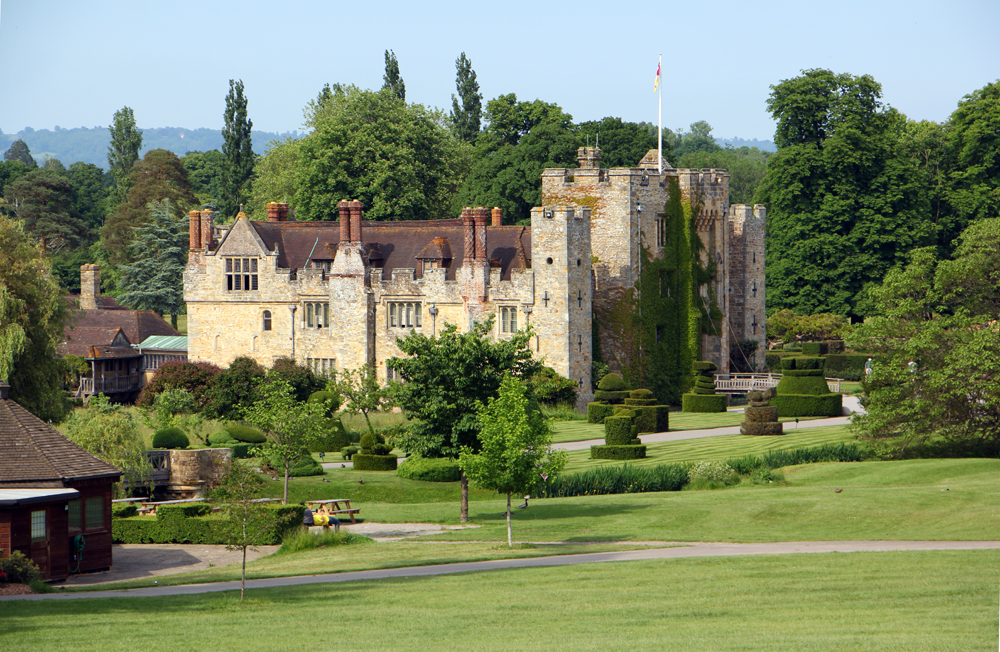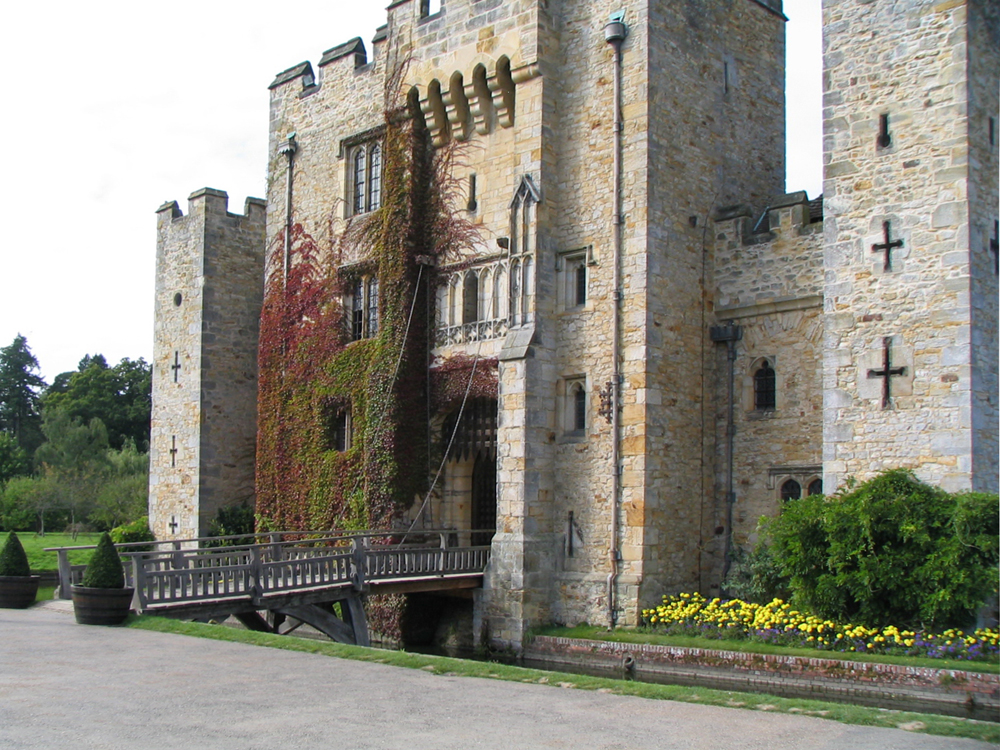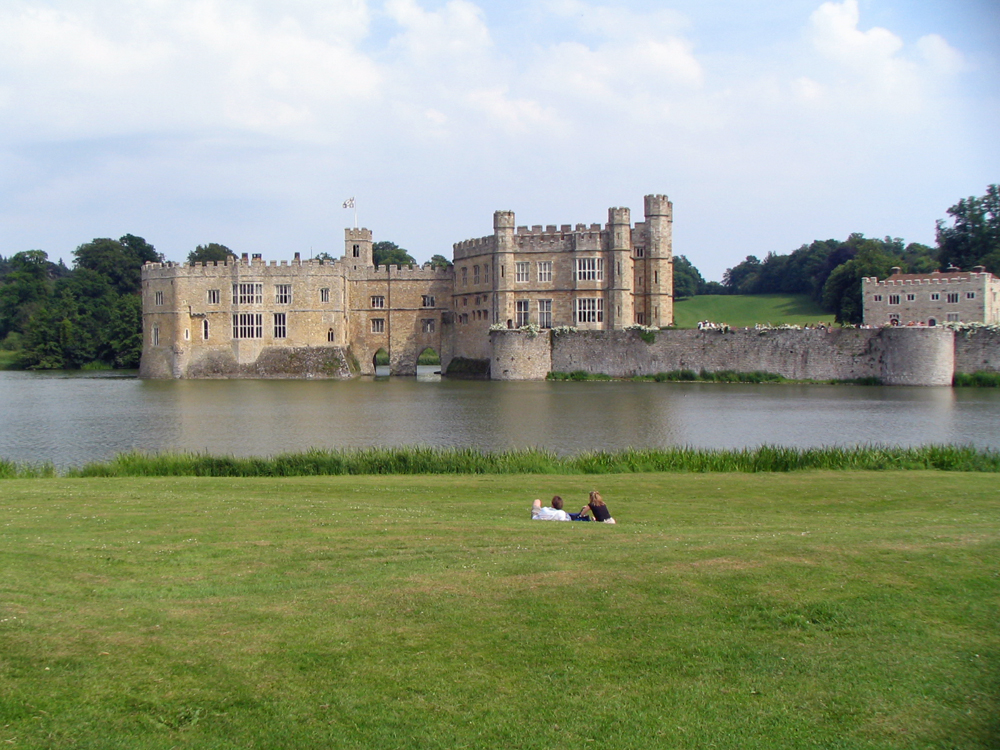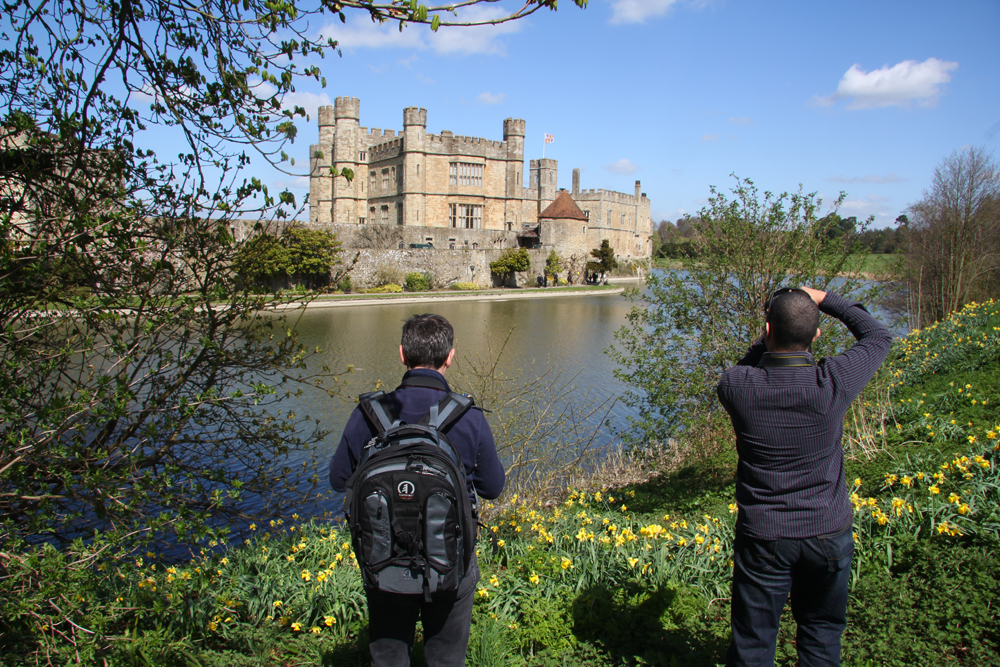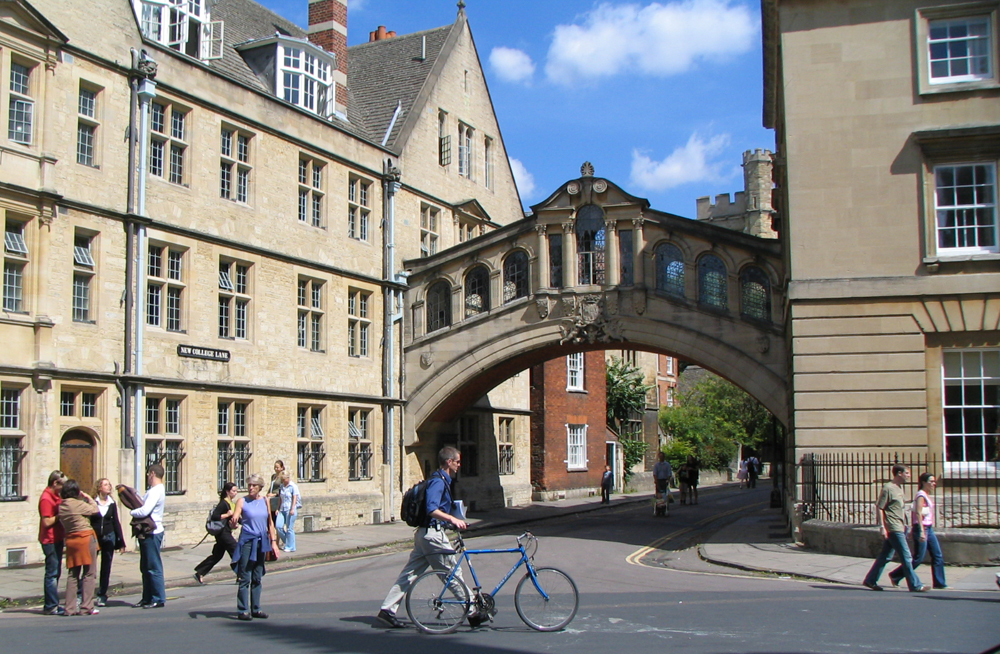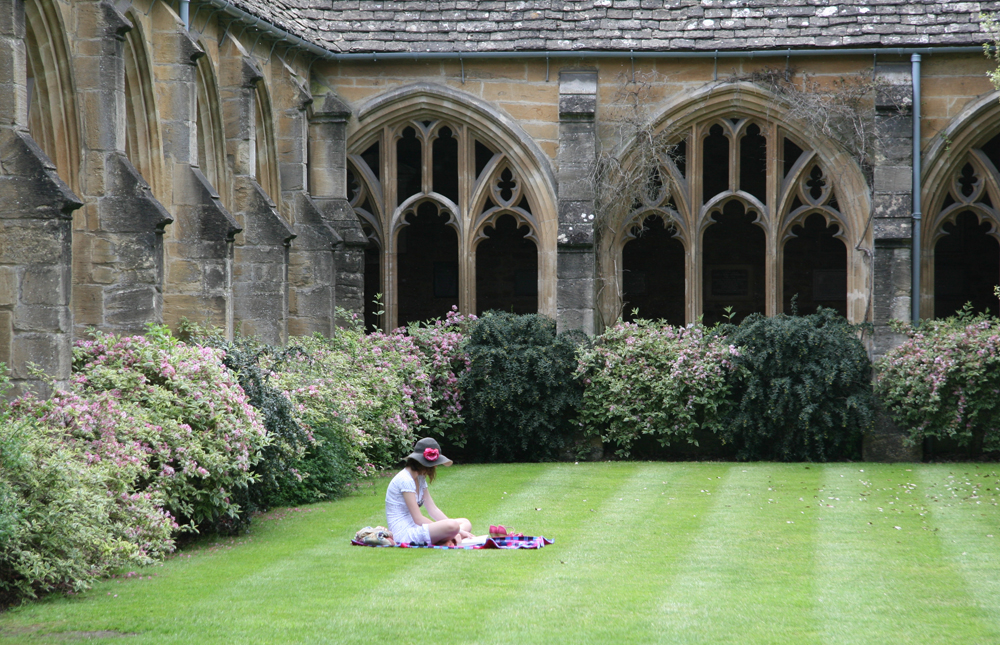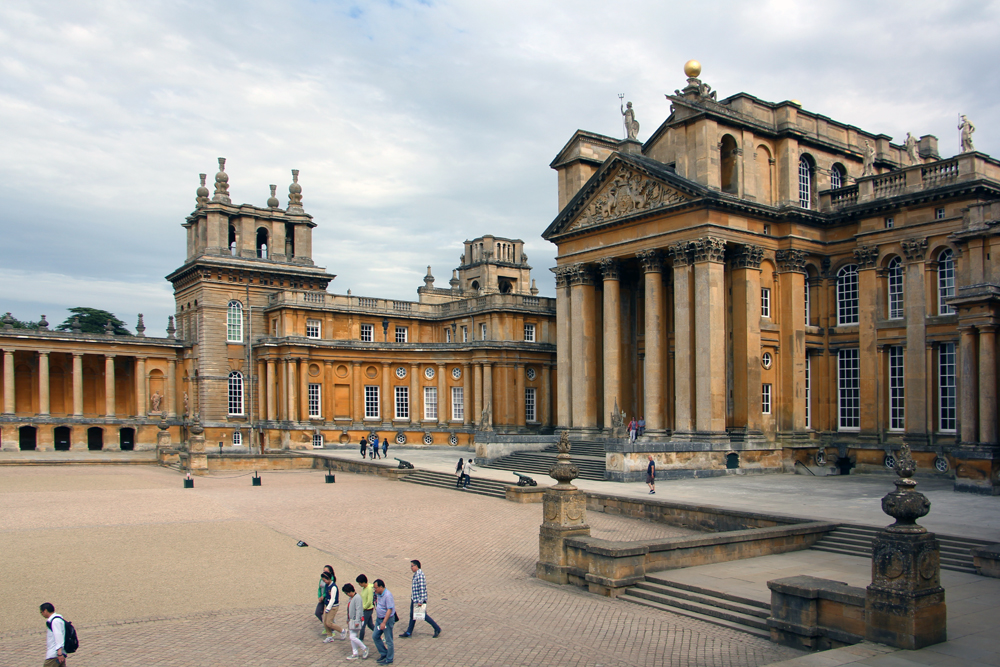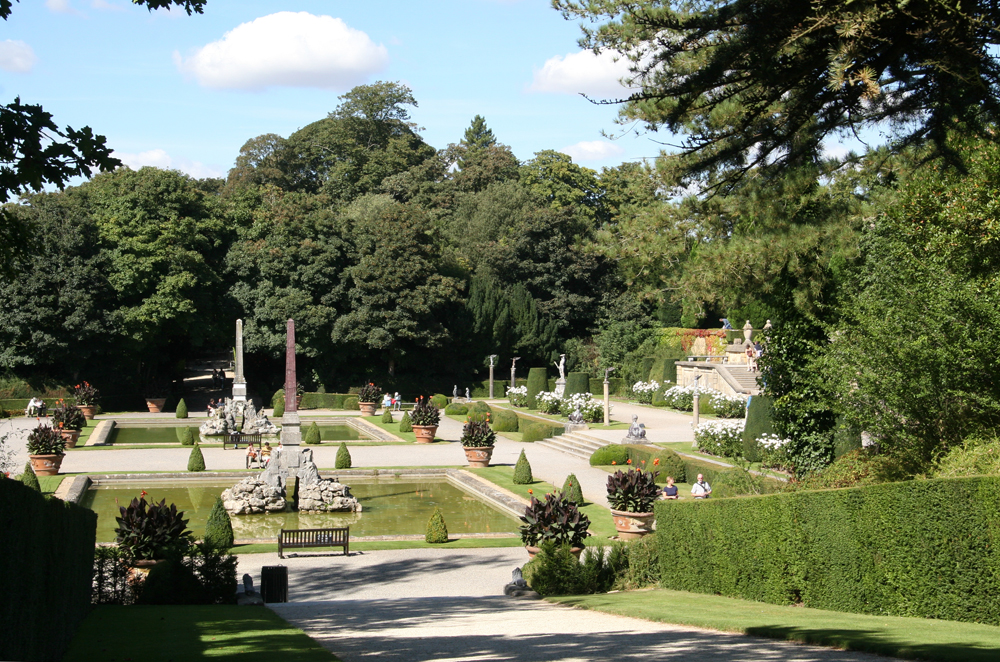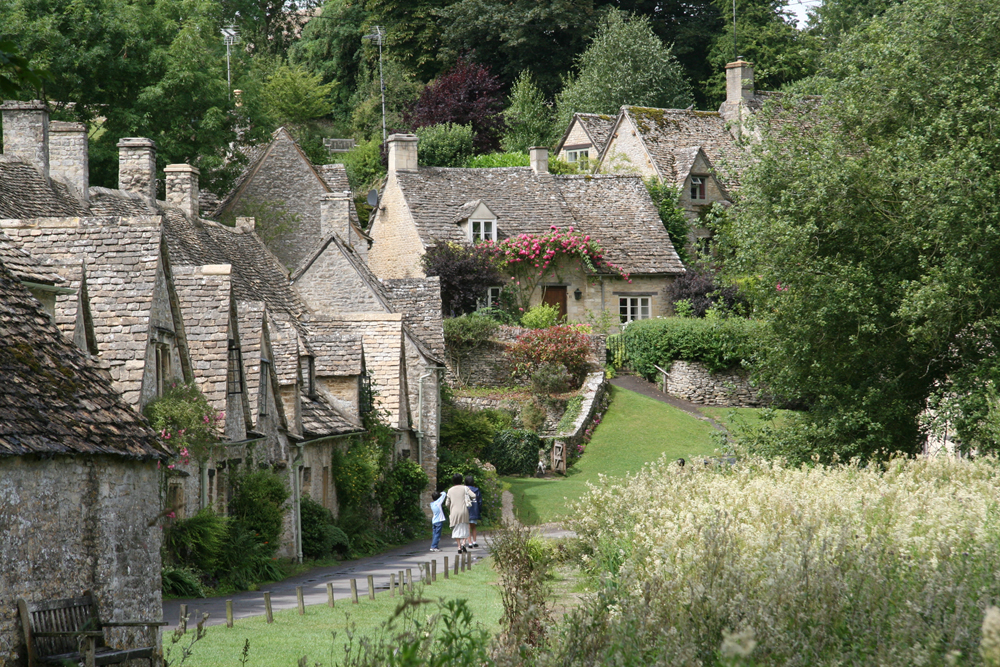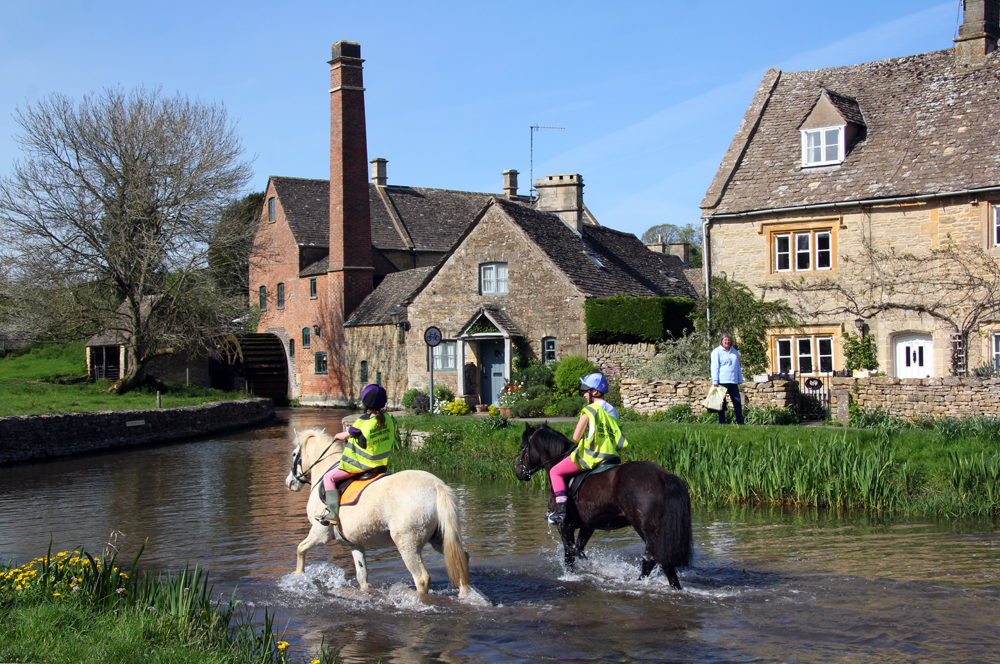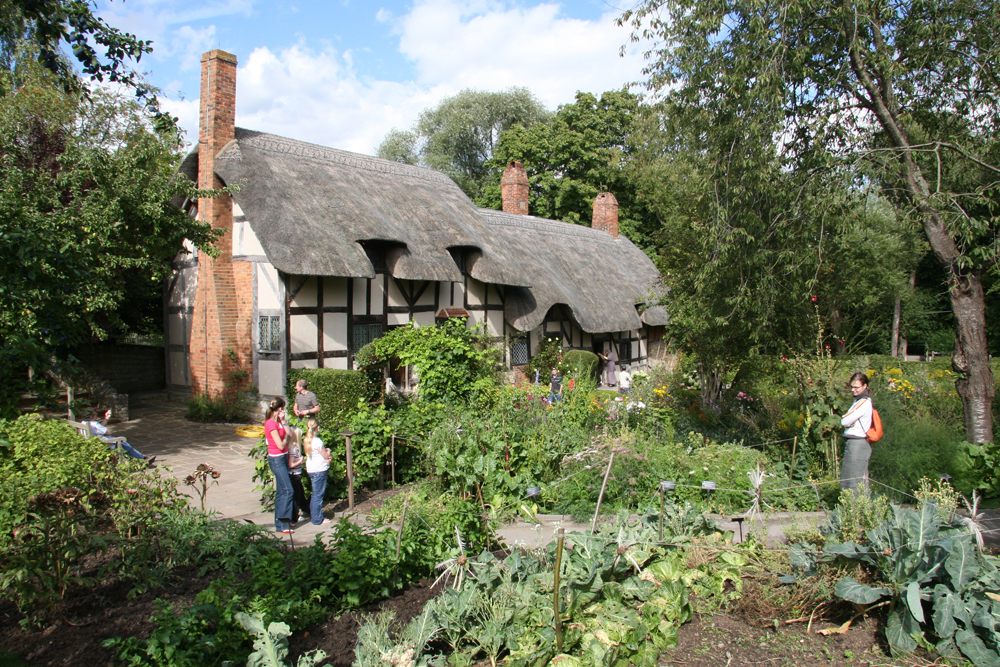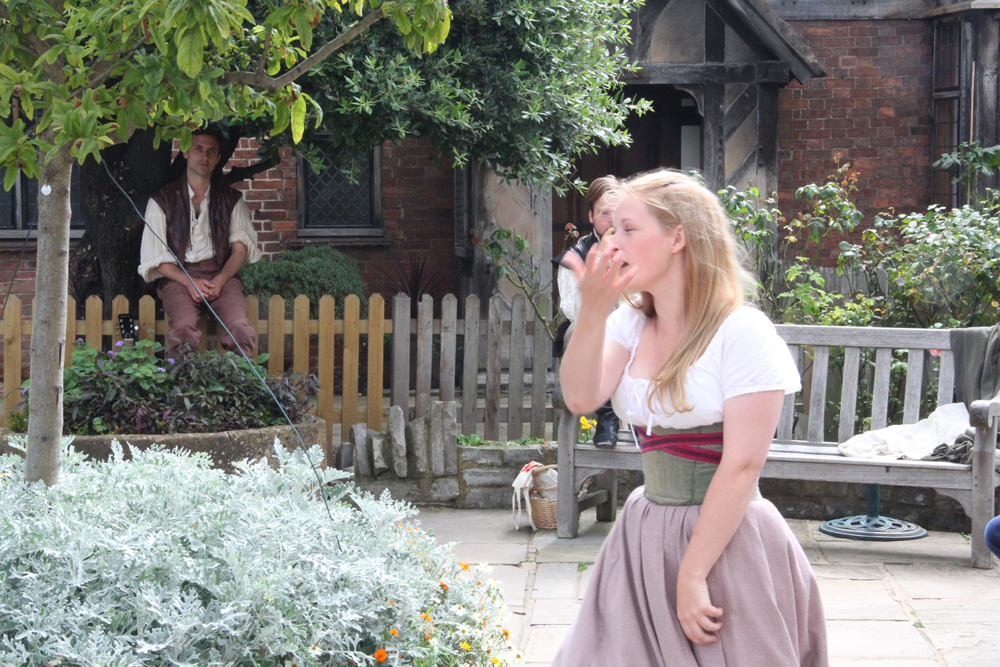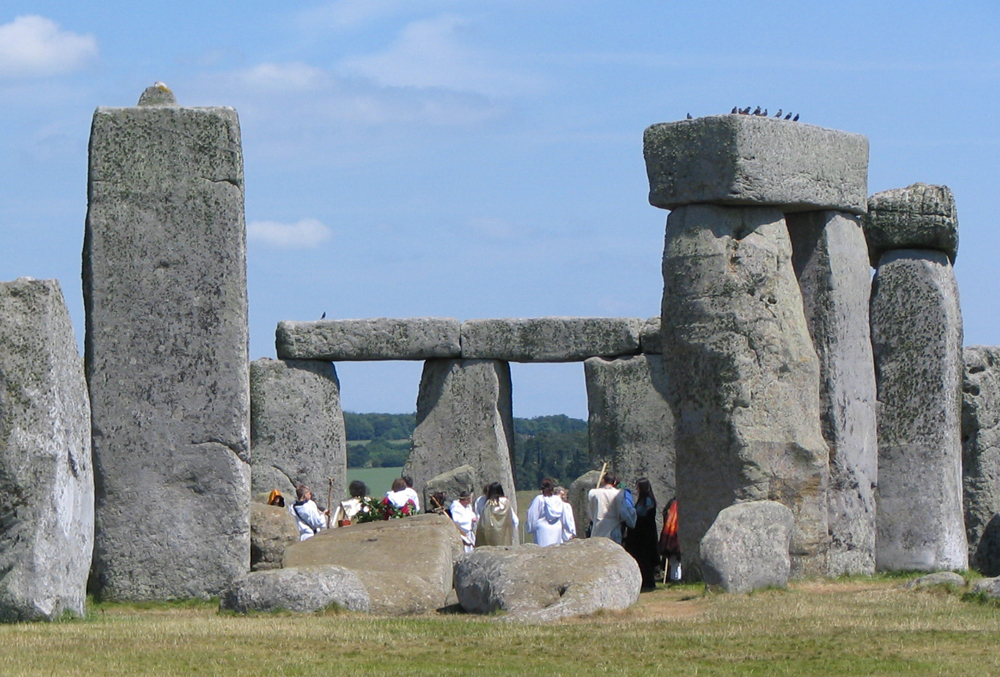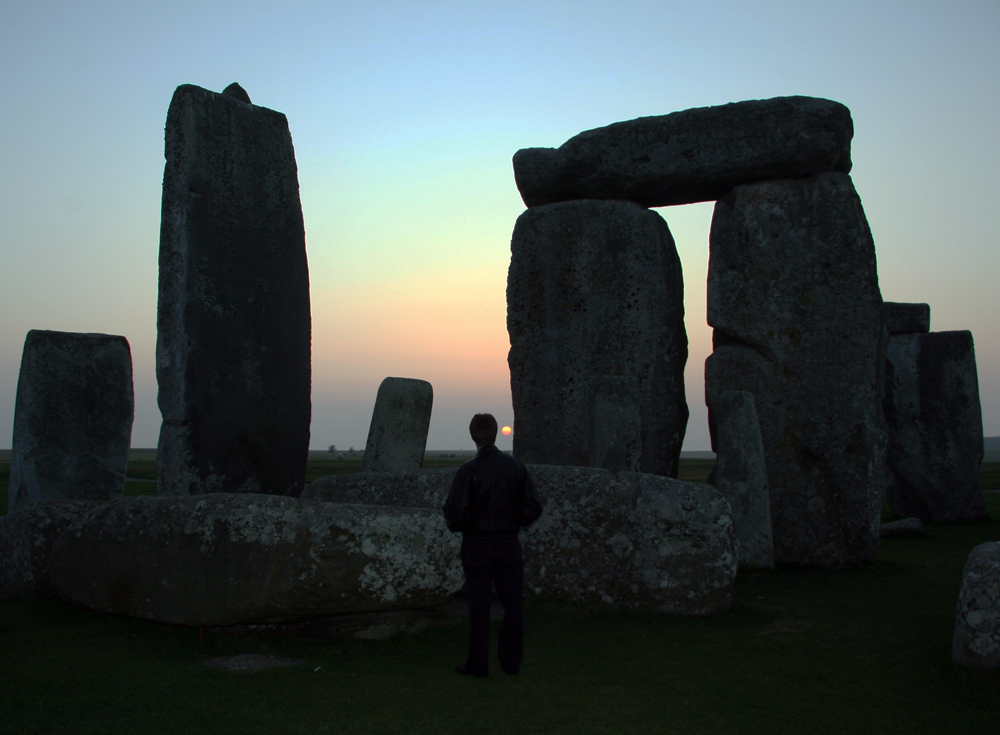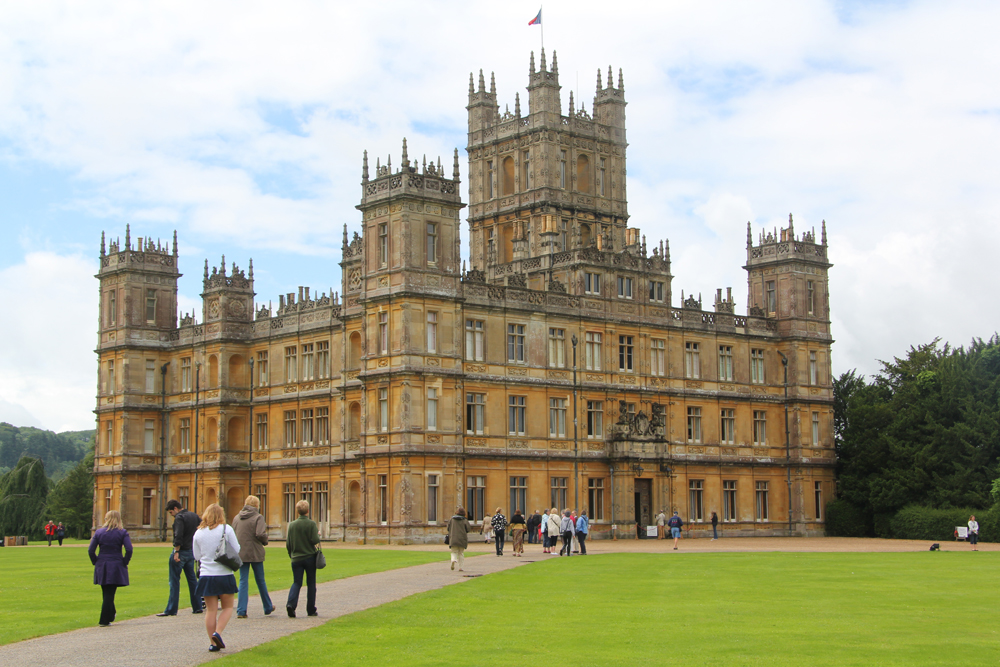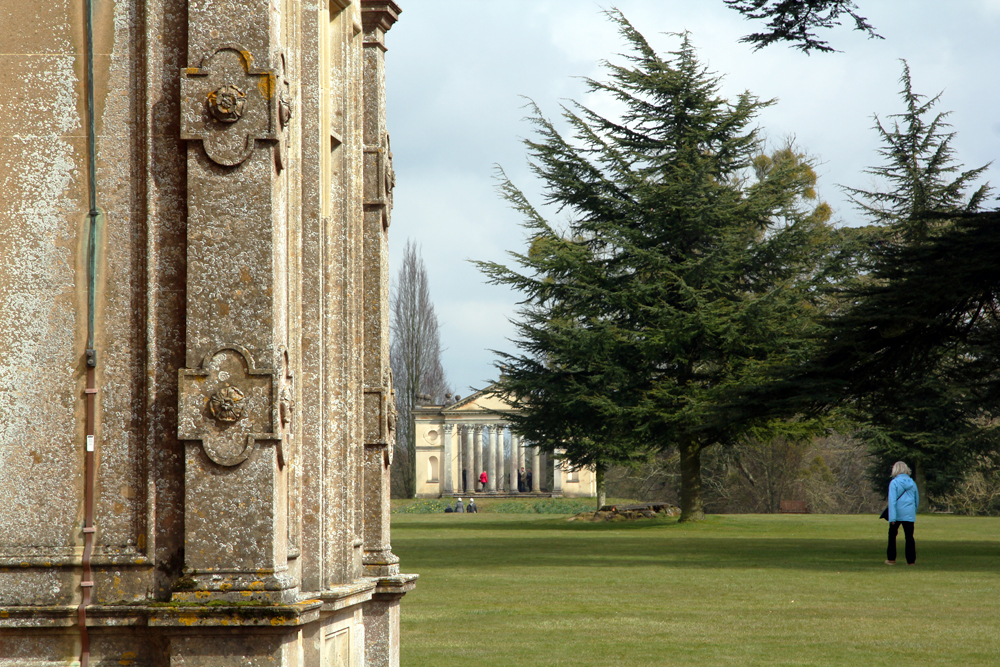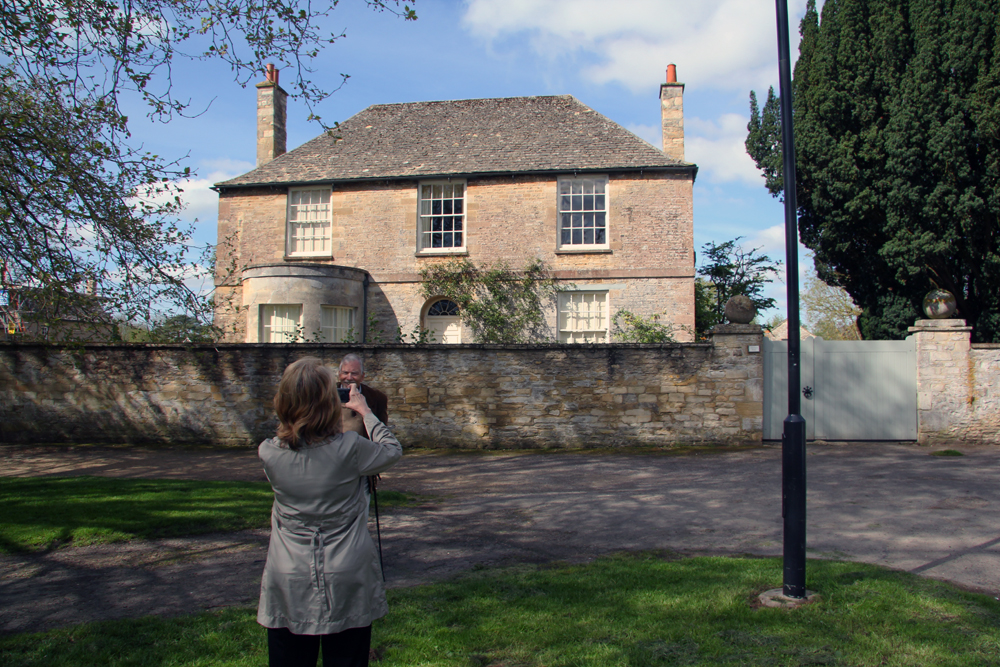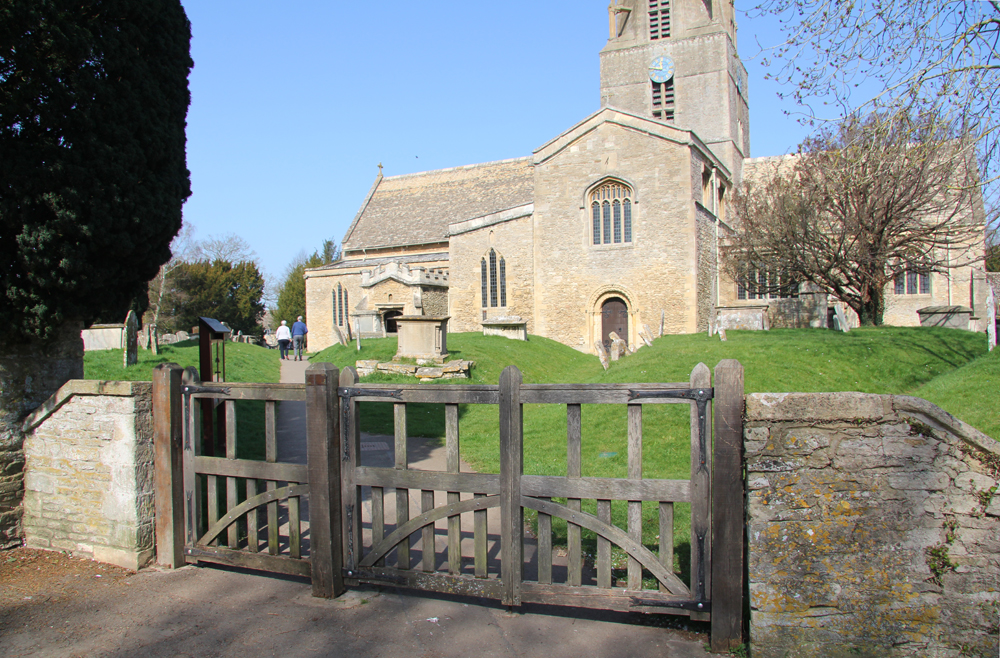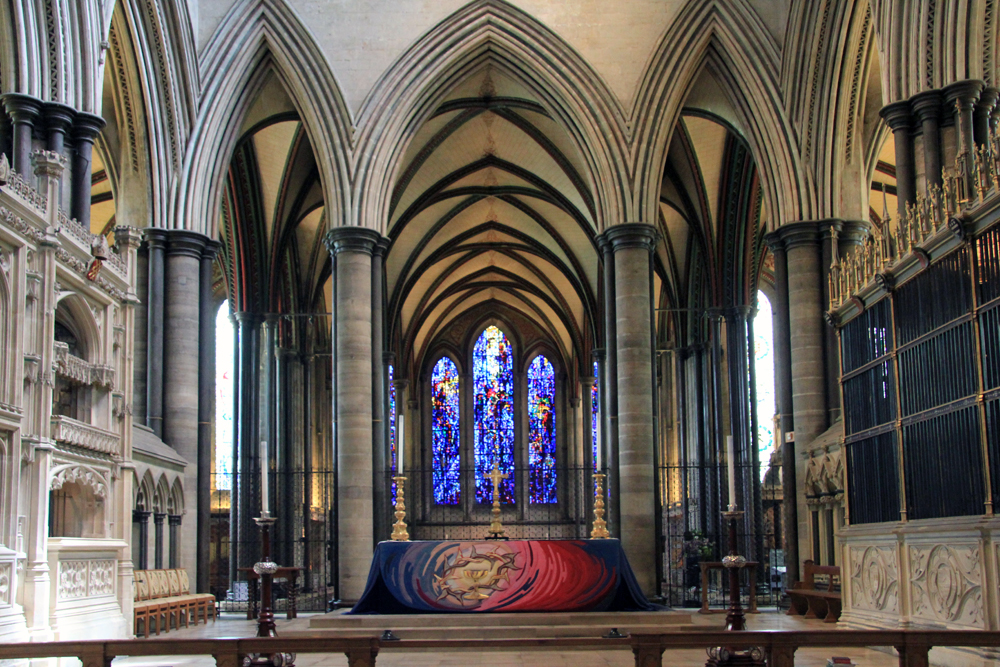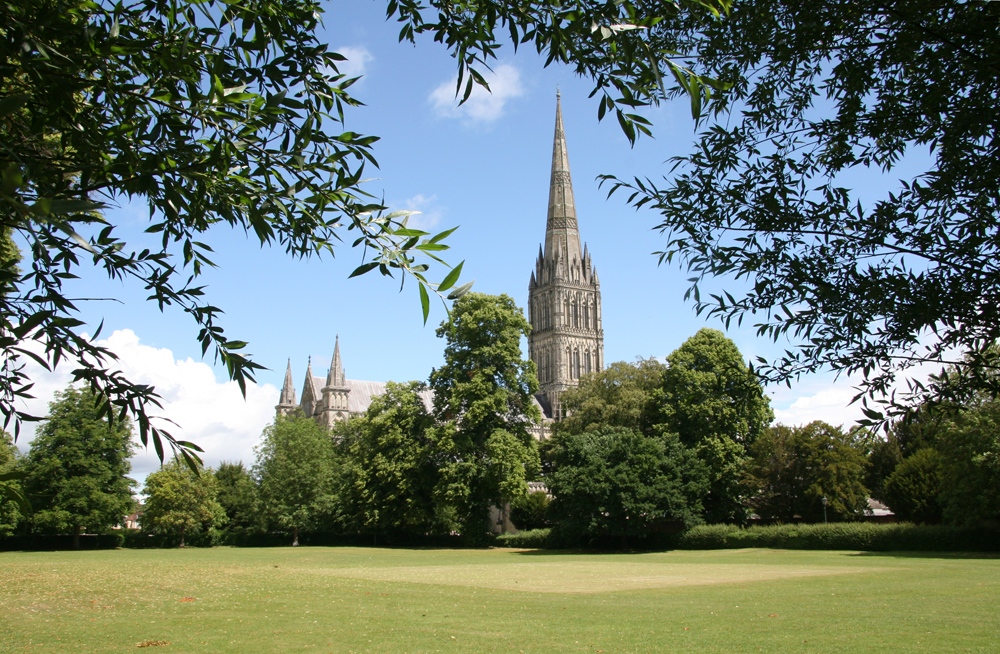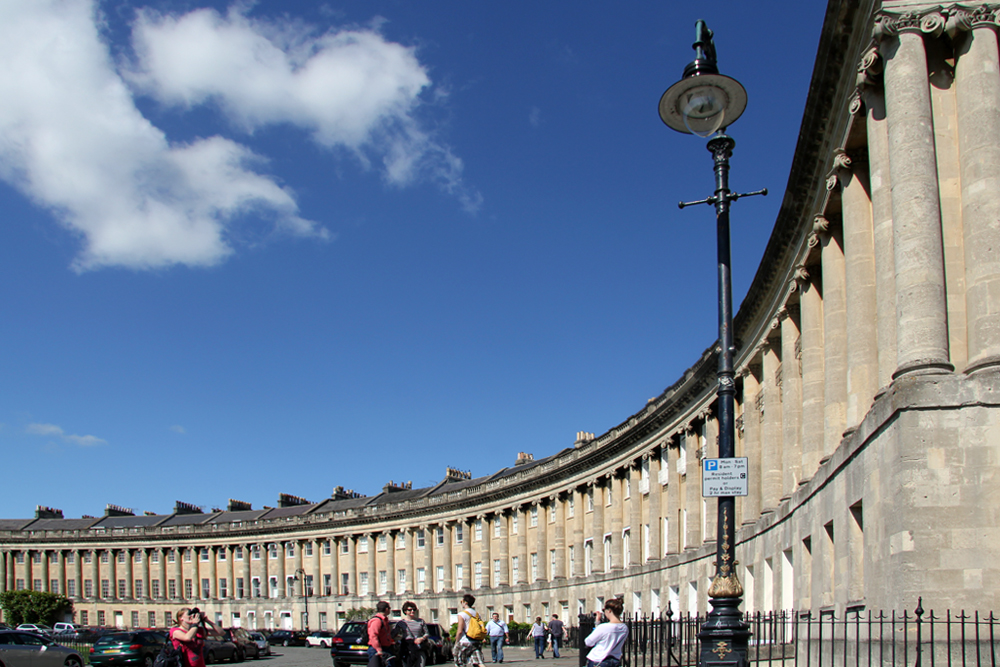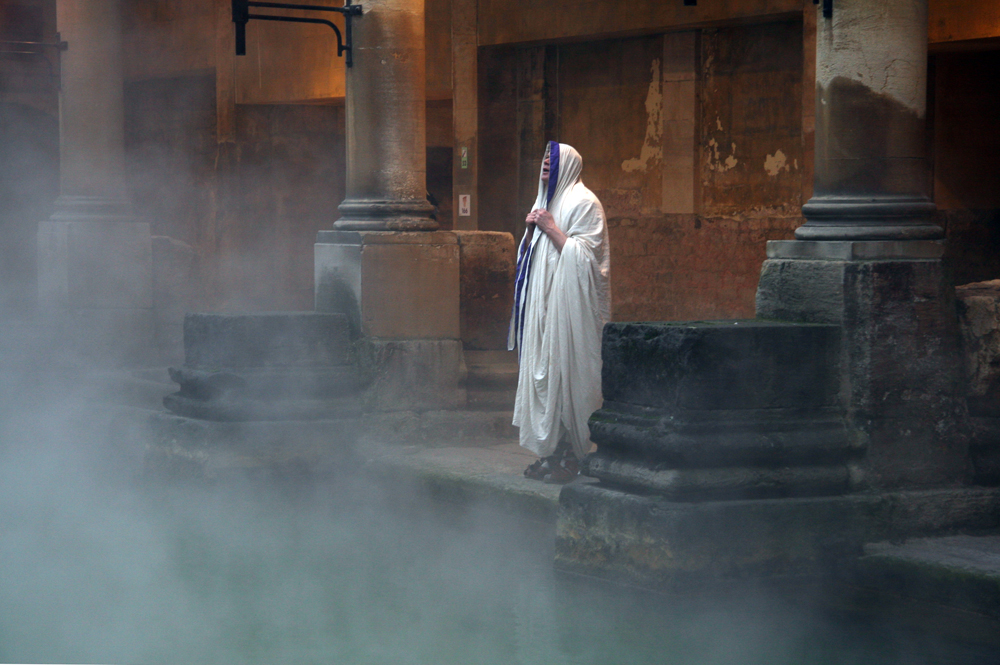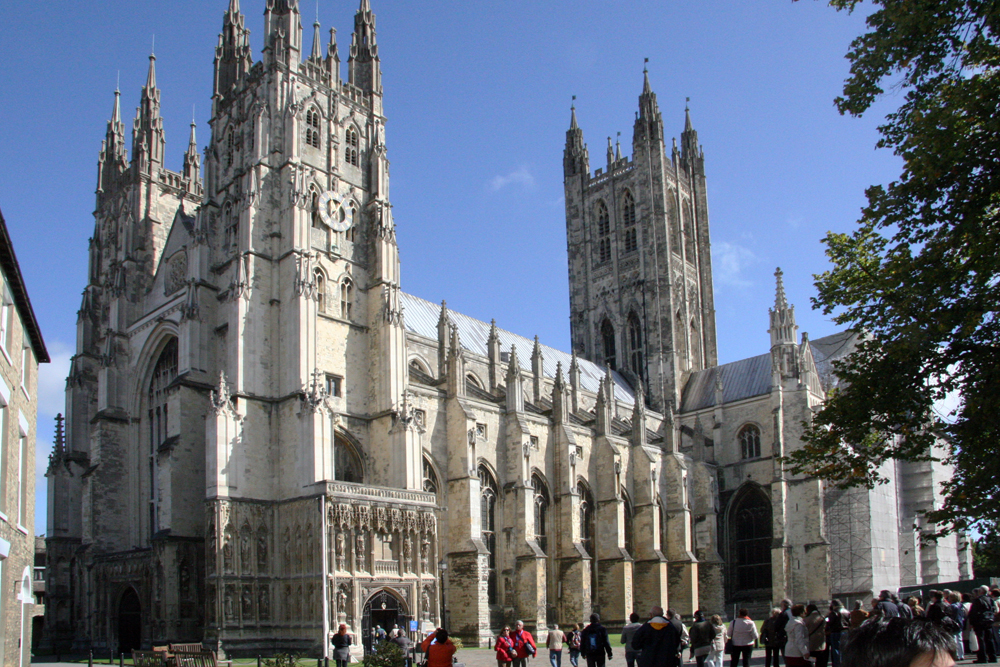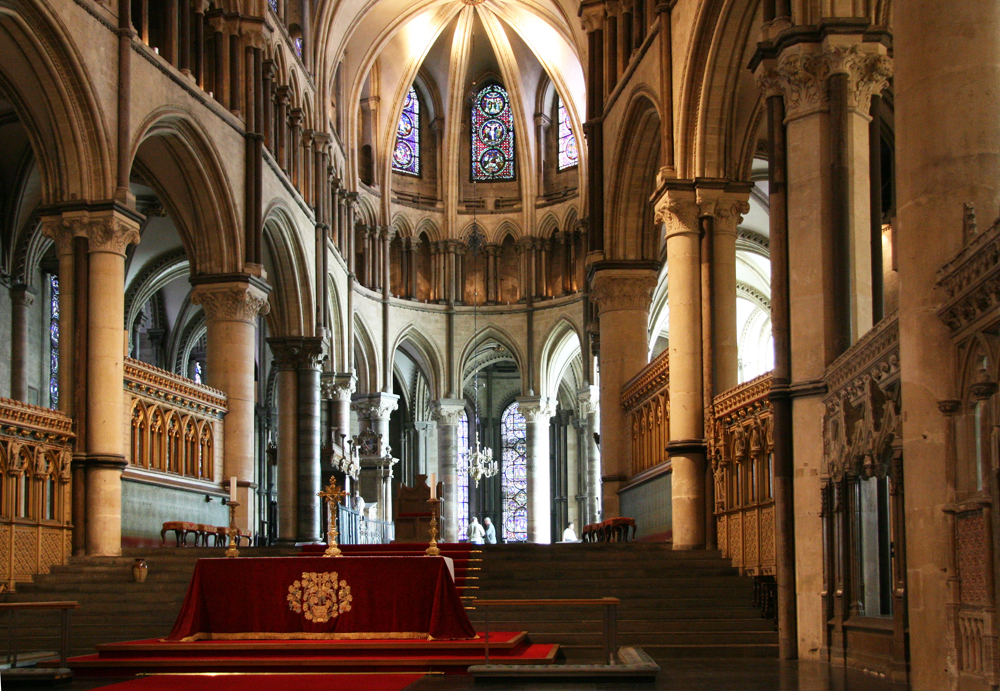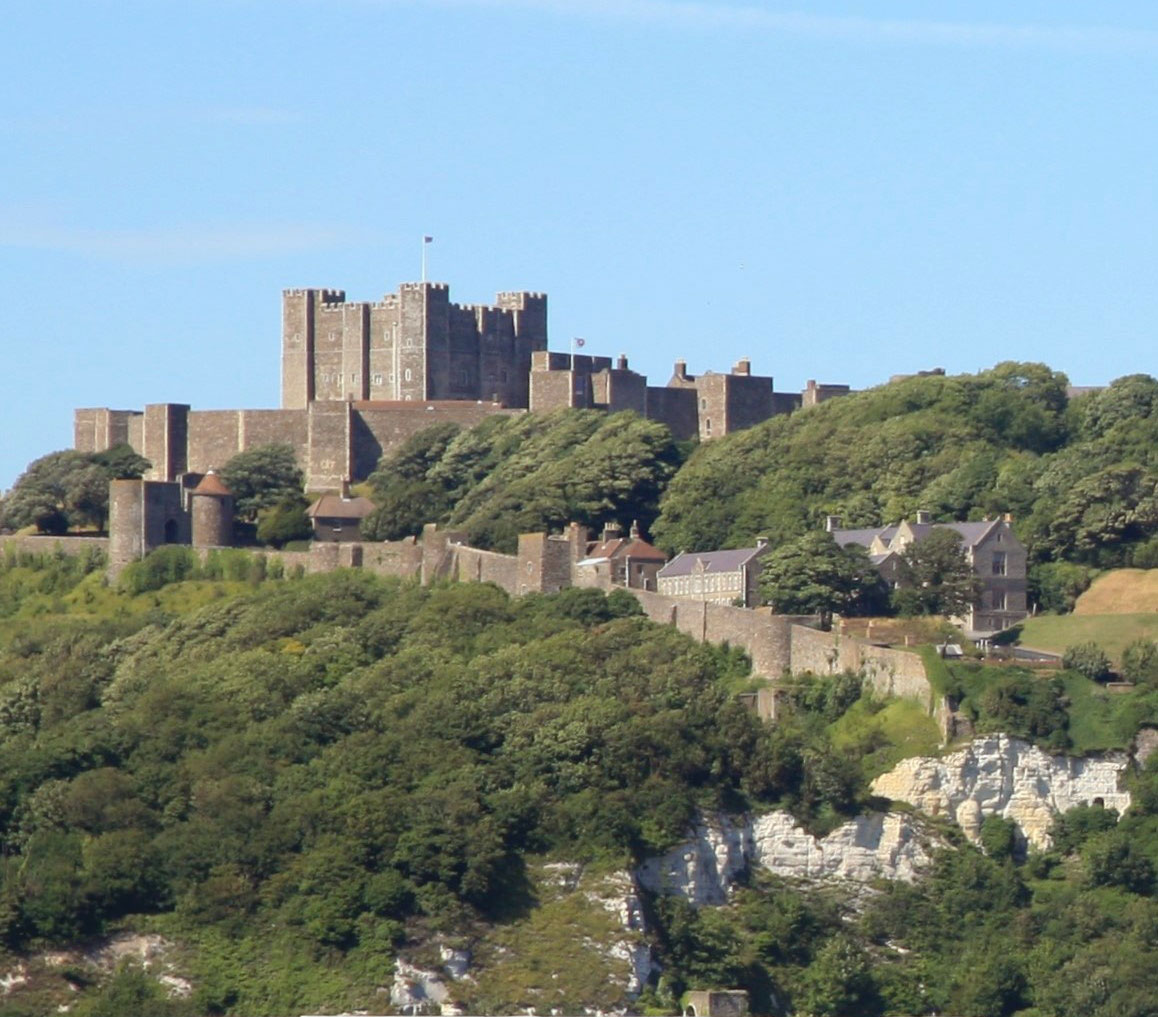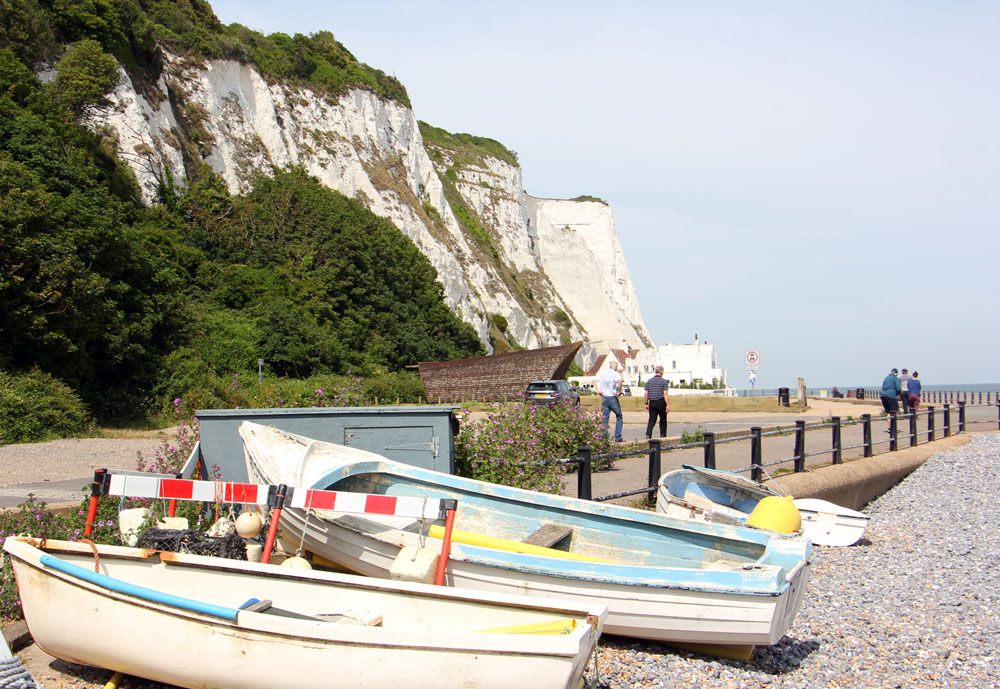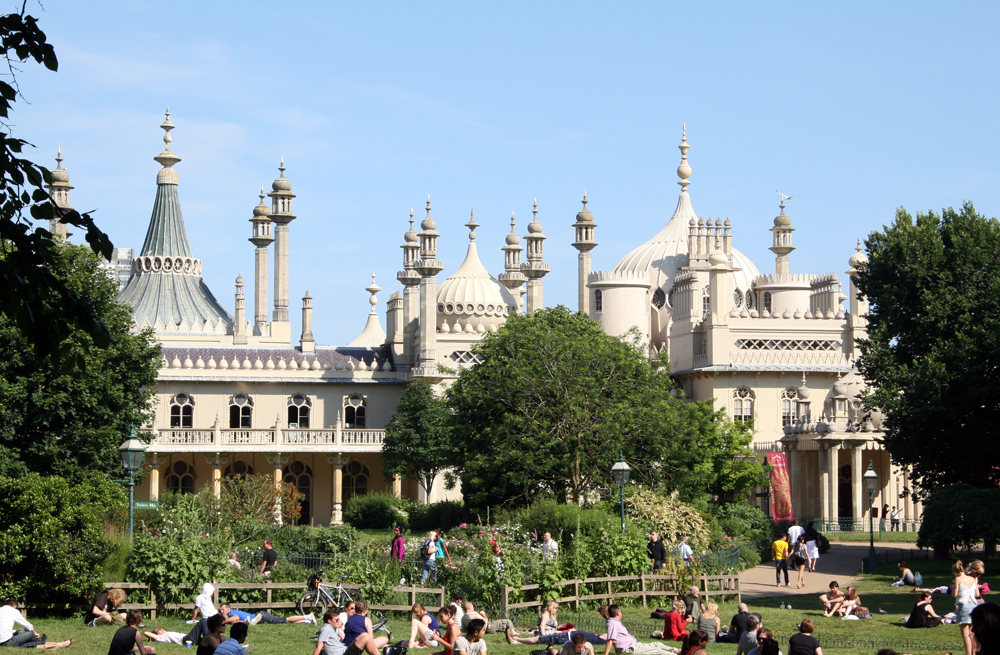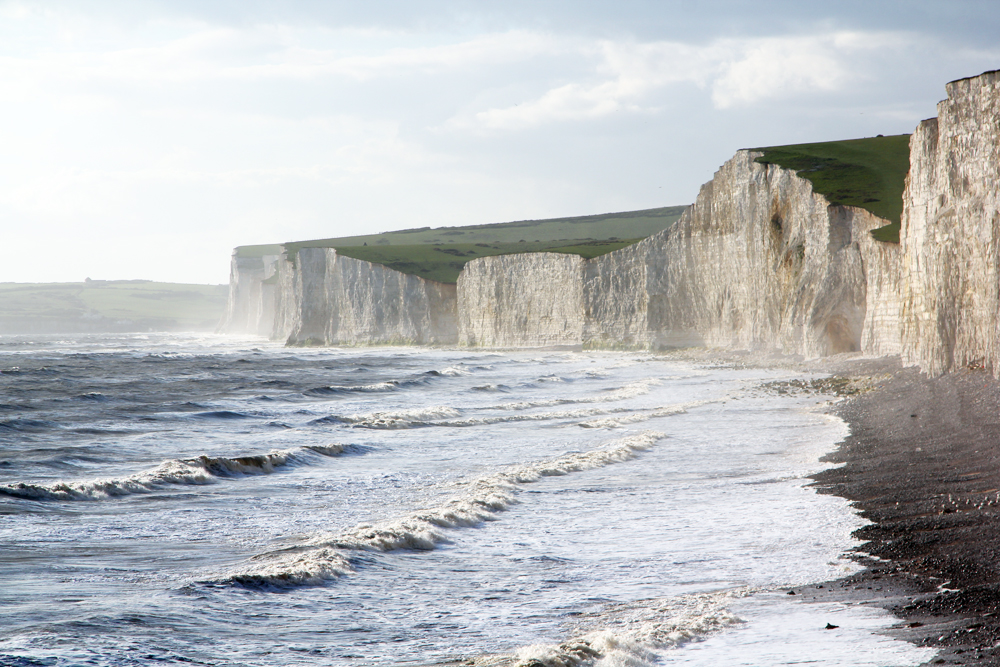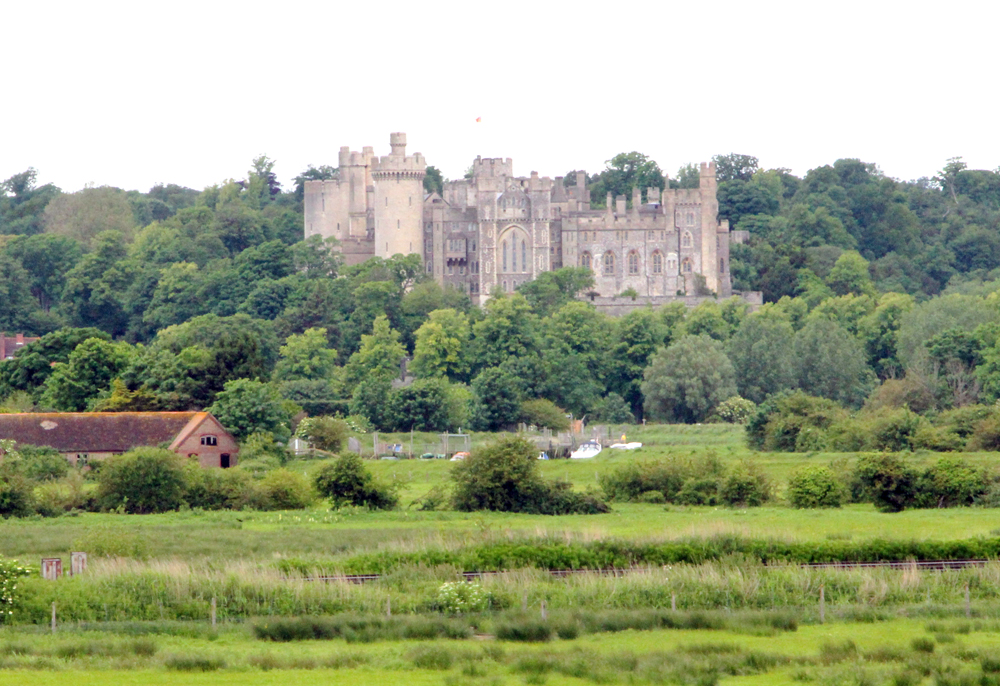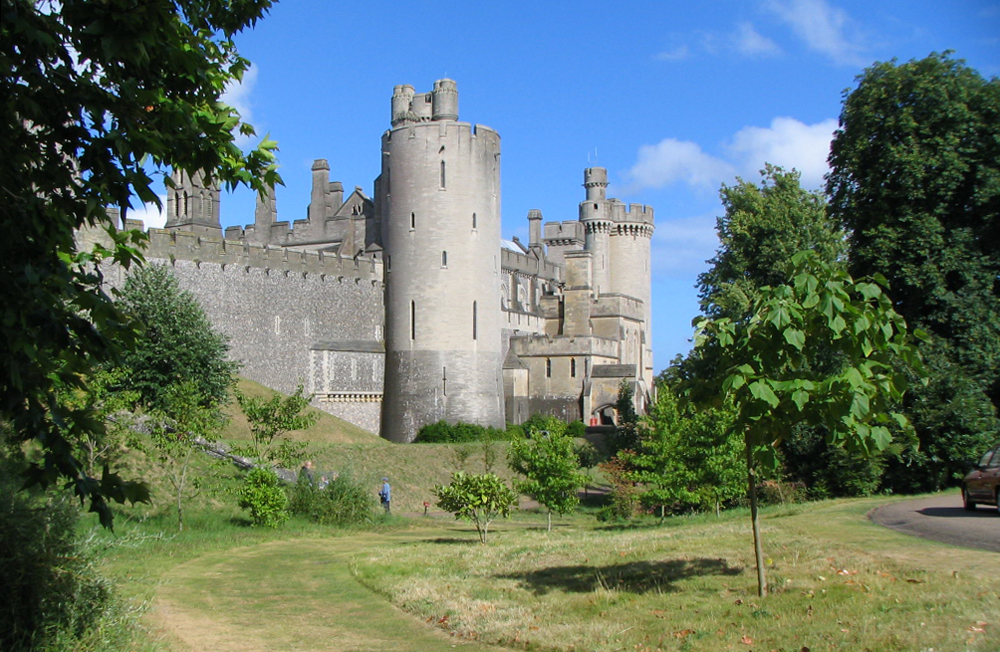Some tours from london
Some ideas for guided tours from a London base
Here are brief descriptions of some of the popular sightseeing destinations from London. Suggestions for additional visits appear after each description. Click on the images to enlarge.
If you would like a different combination or another destination that is not listed do please ask.
A list of the more popular combinations can be seen on the fees page
Windsor Castle
A castle and a palace in one. Started by William the Conqueror in the eleventh century and still one of the monarchs’ official residences. You can enjoy some of the Royal Collection of art in the sumptuous State Apartments, used by the King and other members of the Royal family for state occasions and entertaining other honoured guests. See paintings by great artists (Van Dyck, Canaletto, Rubens, Rembrandt etc.), carpets, furniture, clocks, porcelain. Queen Mary’s Dolls’ House is a fully furnished royal palace, just one twelfth normal size. An extra dimension to exquisite craftsmanship. 15th century St. George’s Chapel contains the chapel of the Order of the Garter and is a burial place of Kings and Queens. It is also seen several royal weddings, including the Duke and Duchess of Sussex in 2018. The funeral of Prince Philip, the Duke of Edinburgh took place in there in April 2121and in September 2022 the late Queen’s power was ceremonially relinquished after 70 years of service. They are buried together in the Windsor chapel.
5 hours
Can be combined into a full day with, for example:
London
Hampton Court Palace
Oxford
Chartwell
Stonehenge
Hampton Court Palace
Once described as “One of the most modern, sophisticated and magnificent palaces in England”, Hampton Court Palace was built for Cardinal Wolsey in 1514 and taken over by Henry VIII in 1528 (he had 4 of his 6 honeymoons here!). It was at the centre of court life, politics and national history for nearly 200 years. Christopher Wren constructed new state apartments for William and Mary in the 1690s. We can visit the Tudor buildings – great hall, extensive kitchens, Haunted Gallery, Chapel Royal – and William III’s State Apartments before strolling through some of the gardens.
5 hours
Can be combined into a full day with, for example:
London
Windsor Castle
Chartwell
Chartwell
The family home of Winston Churchill, Britain’s Prime Minister during the Second World War, and one of the most astonishingly many-faceted men in British history. He bought Chartwell in 1922 and transformed it into a light and airy home, “in which a man could live and work and bring up a family”. He wrote, painted, laid bricks and entertained his guests (from Charlie Chaplin to Professor Einstein). The main rooms are as they were during the 1930s. There is a display of some of the many gifts and honours he received and an exhibition giving an insight into various aspects of his his life. You can visit the studio which contains his first and last paintings and many in between. The gardens are a delight.
5 hours
Can be combined into a full day with, for example:
Cabinet War Rooms
Hever Castle
Leeds Castle
Windsor Castle.
Hever Castle
Hever Castle is a perfect example of a Tudor moated castle. It was the home of Anne Boleyn, Henry VIII’s second wife and mother of Elizabeth I, and later given to Anne of Cleves (Henry’s 4th wife). William Waldorf Astor acquired the property in 1903, restored it and made it into a cosy country home. He also built a Tudor village to house his guests and laid out the gardens. It is a testament to his impeccable taste (and considerable wealth).
5 hours
Can be combined into a full day with, for example:
Chartwell
Leeds Castle
Leeds Castle
In an idyllic setting surrounded by water, Leeds Castle has been described variously as “a happy castle” and “the Loveliest Castle in the World”. It was a royal palace for over three hundred years, and has impinged on the wider history of both England and America. The Anglo-American Olive Lady Baillie, who had the style, imagination and the means to complete the restoration of the castle, ensured that Leeds would be enjoyed by future generations.
There are also delightful flower gardens, an aviary and a maze in the extensive landscaped grounds.
6 hours
Can be combined into a full day with, for example:
Chartwell
Hever Castle
Canterbury
Dover
Oxford
“That sweet city with her dreaming spires”. Oxford University is the oldest in the English-speaking world and is still one of the world’s most successful. Some of the greatest minds have developed there and some great issues debated. The colleges, which form a large part of this ancient establishment, offer oases of academic inspiration, fellowship and tranquillity in a bustling commercial city. A walk through the town will take us by some of the main buildings and I would hope to be able to take you inside one of the colleges. Some of the recent associations with Oxford include Harry Potter and Inspector Morse.
6 hours on its own.
Can be combined into a full day with, for example:
Windsor Castle
Blenheim Palace
Cotswolds
Stonehenge
Stratford upon Avon
Blenheim Palace
This huge stately home was built by John Vanburgh early in the 18th century for John Churchill the first Duke of Marlborough – a monument to a national hero. It is set in 2,700 acres of parkland and the view across the lake has been described as the finest in England. During your tour you will see family portraits by Kneller, Romney, Reynolds and Sargent. Porcelain and french furniture including rare pieces of Boule, and of course those incredible Blenheim tapestries. There is an exhibition about Winston Churchill, who was born at Blenheim (one of two important decision he made here). He is buried in a country churchyard nearby.
10 hours as part of a full day.
Can be combined with, for example:
Oxford
Bampton
The Cotswolds
Stratford upon Avon
The Cotswolds
Picture book English countryside – green, pleasant and manicured. Rolling hills with vistas and big skies. The enclosed fields are dotted with sheep and punctuated by woodland and picturesque villages along winding country roads. From Elizabethan manor houses, cottages and pubs, to the miles of dry-stone walls, the mellow, honey-coloured Cotswolds stone prevails. You can stroll around a village or two, like Broadway or Stow-on-the-Wold and browse in the antique shops and craft shops. There are colourful gardens of which the once trend-setting Hidcote is justifiably the most famous.
10 hours.
Can be combined with, for example:
Oxford
Blenheim Palace
Stratford upon Avon
Stratford upon Avon
This prosperous market town is where William Shakespeare spent his formative years, where his family lived and where he is buried, in a place of honour in the parish church (the stone bears an odd inscription). We can visit the house in which he was born and the farmhouse where he went a-courting Anne Hathaway where we will hear something of the way of life in the 16th century (including how they swept their chimneys!). There are several other timber-framed buildings in the town and other properties associated with Shakespeare. The town boasts three theatres where you can see performances by the famous Royal Shakespeare Company.
10 hours as part of a full day.
Can be combined with, for example:
Warwick Castle,
The Cotswolds
Oxford
Stonehenge
Can you unravel the mystery of this World Heritage Site that has been puzzling people for centuries? An inspiring mysterious antiquity from a time when people understood the power of, and were in tune with, mother earth . . or is it just a pile of rocks? We know that it was constructed between around 3000 and 1700 BC, but why? A place or worship? A calendar? A place of healing? A pre-historic rocket-launching pad, perhaps? How did they transport, shape and erect the enormous stones, which weigh up to 45 tons? And, again, why?
6 hours on its own.
Can be combined with, for example:
Windsor Castle
Highclere Castle
Salisbury
Wilton House
Avebury
Bath
Highclere Castle – Downton Abbey
Ancestral home of the Earl and Countess of Carnarvon. Transformed into this distinctive Victorian Gothic pile by Sir Charles Barry (Houses of Parliament) and set in 1,000 acres of sweeping parkland.
The interior reflects a taste that is typical of the landed aristocrats in the 19th century. From the masculine library (reminiscent of a gentlemen’s club) and smoking room to the more elegant (feminine?) Drawing Room.
The Egyptian exhibition is a legacy of the 5th Earl of Carnarvon who discovered the tomb of Tutankhamun with Howard Carter.
Highclere is perhaps better known as Downton Abbey, home of the Earl and Countess of Grantham, and many of the scenes in that television series were filmed in the house. The author, Julian Fellowes, is a friend of the family and there are similarities between events in the life of the fictitious Downton and real-life Highclere.
6 hours on its own or 9 hours as a Downton Abbey day with Bampton (Downton Village).
Can also be combined with other destinations.
For many more Downton Abbey filming locations click here.
Bampton
Otherwise known as Downton village in Downton Abbey, where all the external village scenes were filmed. The bus to Harrogate stops here and the funfair is held on the village green. We will see the post office where the telegramme was received in the first episode, the road to the house and the lock-up where Thomas Barrow stored his “flour”. The Cottage Hospital. Mrs Crawley’s house and the church were weddings and funerals took place. We can stand on the spot where Sir Anthony did the gentlemanly thing by Lady Edith and where eventually it was proved that he had been right.
Usually combined with Highclere Castle as a 9-hour Downton Abbey day.
Can be combined with other Downton sites, including:
Cogges Farm
Swinbrook
Other possibilities include:
Oxford
Blenheim Palace
Cotswolds.
Salisbury
Salisbury Cathedral never fails to delight. The grace and harmony of this Early English Gothic masterpiece is a testament to 13th century craftsmanship. Its spire, at 404 feet high, is the loftiest in England and its setting in a tranquil close has inspired painters, such as Turner and Constable. An exemplification (I was told off once for calling it a copy) of the Magna Carta is here and the richly coloured glass in the east window illustrates the suffering of Prisoners of Conscience.
From 9 hours when combined with, for example:
Stonehenge
Winchester
Bath
Wilton House
Bath
The Romans exploited the hot springs, building a leisure complex around them. The city that developed was dedicated to the goddess of wisdom, invention, the arts, and martial prowess. Those same waters were taken to relieve gout and indigestion in the 18th century when Bath became the centre of fashionable society. Today’s city was built during that Georgian era – the age of elegance, epitomised by its timeless classical buildings of honey-coloured Bath (Cotswold) stone. We can visit the Roman Baths and the elegant Pump Room, where you can drink the water! The Assembly Rooms houses the fascinating Museum of Costume. Jane Austen lived here and wrote about Bath. It is therefore an understandably popular filming location for that period. Including the recent Netflix series Bridgerton. Take a moment or two to wander among the bustling shops where hanging baskets of flowers add splashes of colour.
Can be combined with, for instance:
Stonehenge
Salisbury
Avebury
Lacock
Canterbury
King Ethelbert welcomed St Augustine when he came here in the year 597AD to convert him from Saxon Paganism to Christianity. He built a monastery and Canterbury became the cradle of Christianity in England.
The cathedral is the mother church of the Anglican Communion and is one of the glories of English mediaeval architecture. The shrine of St Thomas Becket, who was murdered in the cathedral in 1170, became one of the most popular pilgrimage sites in England.
From 9 hours as part of a full day.
Can be combined with, for instance:
Dover
Leeds Castle
Dover Castle
Separated from mainland Europe by just 20 miles of water, Dover has often been subjected to attacks from foreign invaders. This great fortress on top of the cliffs has therefore played a crucial role in the defence of the realm for over 800 years. The castle as we see it today, dating for the 1180s, has been modified to meet the changing demands of weapons and warfare. You can explore the 12th century keep, the Saxon church, the Roman lighthouse and of course the tunnels. The Tunnels, dug to house extra troops during the wars with Napoleon, were extended in World War II and included the Naval Command Centre, which was the HQ for Operation Dynamo, the evacuation of the troops from Dunkirk in 1940. Dover was also crucial to the planning of D-Day as the focus for Operation Fortitude. The White Cliffs of Dover. Perhaps the most famous feature of Dover is the white cliffs, which are up to 350 high and stretch for 8 miles.Brighton
Modern Brighton is a thriving cultural city with graceful Georgian and late-Victorian houses. It is also one of Britain’s leading seaside resorts – exotic and exciting, blending culture and candy floss, holiday makers and students. It is famous for its shingle beach, piers, ice cream, rock, fish & chips and naughty postcards. The centre piece is the Royal Pavilion, built for the Prince Regent, the future King George IV. It is a riotously extravagant mixture of Indian and Chinese architecture and design. There is shopping in The Lanes for antiques, art and chocolate; a promenade for . . well . . promenading. The i360 is Brighton’s answer to the London Eye.
From 9 hours as a full day.
Can be combined with, for example:
The white cliffs of the Seven Sisters and Beachy Head
Arundel Castle
Arundel Castle
Home of The Duke of Norfolk, Britain’s most senior peer, leading lay Catholic and Hereditary Earl Marshall, Arundel Castle has been occupied by one of Britain’s most ancient and renowned families for over 850 years. The mediaeval motte and keep still survive. However, the buildings in the quadrangle were rebuilt in the 18th and 19th centuries in an exaggerated gothic style and are regarded as one of the grandest achievements of that period’s Romantic imagination. Much of the interior fulfils the expectations raised by the distant views. The huge rooms form a setting for family portraits, including Van Dycks and Gainsboroughs , 18th century furniture and historic relics, including Mary Queens of Scots’ rosary.
From 9 hours as part of a full day.
Can be combined with for example:
Brighton

